Open Journal of Discrete Mathematics
Vol.3 No.2(2013), Article ID:30552,4 pages DOI:10.4236/ojdm.2013.32019
Further Results on Acyclic Chromatic Number*
Department of Mathematics, National Institute of Technology (NIT), Calicut, India
Email: babushanas@gmail.com
Copyright © 2013 P. Shanas Babu, A. V. Chithra. This is an open access article distributed under the Creative Commons Attribution License, which permits unrestricted use, distribution, and reproduction in any medium, provided the original work is properly cited.
Received November 17, 2012; revised March 15, 2013; accepted April 20, 2013
Keywords: acyclic coloring; acyclic chromatic number; central graph; middle graph; total graph
ABSTRACT
An acyclic coloring of a graph is a proper vertex coloring such that the union of any two color classes induces a disjoint collection of trees.The purpose of this paper is to derive exact values of acyclic chromatic number of some graphs.
1. Introduction
Graph coloring is a branch of graph theory which deals with such partitioning problems. For example, suppose that we have world map and we would like to color the countries so that if two countries share a boundary line, then they need to get different colors. We can translate the map to graph by letting countries be represented by vertices and two vertices are made adjacent if and only if the corresponding countries share a boundary line. Then the problem of map coloring is equivalent to vertex coloring of the corresponding graph. Hence the original map coloring now reduces to vertex coloring of the associated graph.
Coloring of a graph is an assignment of colors to the elements like vertices or edges or faces (regions) of a graph. It is said to be a proper coloring, if no two adjacent elements are assigned the same color. The most common types of graph colorings are vertex coloring, edge coloring and face coloring.
A vertex coloring of a graph  is an assignment of colors to its vertices so that no two vertices have the same color. The chromatic number
is an assignment of colors to its vertices so that no two vertices have the same color. The chromatic number 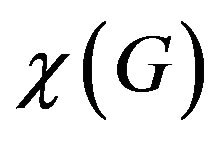 of a graph
of a graph  is the minimum number of colors needed to label the vertices, so that adjacent vertices receive different colors.
is the minimum number of colors needed to label the vertices, so that adjacent vertices receive different colors.
A proper vertex coloring of a graph is acyclic if every cycle uses at least three colors [1]. The acyclic chromatic number of 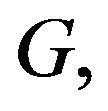 denoted by
denoted by 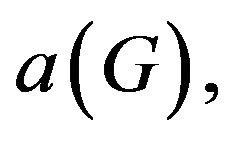 is the minimum colors required for its acyclic coloring.
is the minimum colors required for its acyclic coloring.
2. Acyclic Coloring of Central Graph of 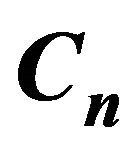
2.1. Central Graph [2]
Let  be a finite undirected graph with no loops and multiple edges. The central graph of a graph
be a finite undirected graph with no loops and multiple edges. The central graph of a graph 
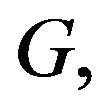 is obtained by subdividing each edge of
is obtained by subdividing each edge of  exactly once and joining all the non-adjacent vertices of
exactly once and joining all the non-adjacent vertices of 
2.2. Structural Properties of Central Graphs
Let 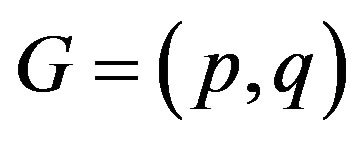 be any undirected simple graph, then by the definition of
be any undirected simple graph, then by the definition of  of a graph.
of a graph.
• The number of vertices in the central graph of  is
is 
• For any 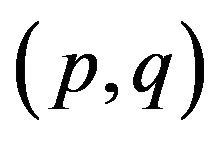 graph there exists exactly
graph there exists exactly  vertices of degree
vertices of degree  and
and  vertices of degree
vertices of degree  in
in 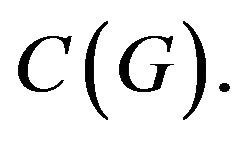
• The central graph of two isomorphic graphs is also isomorphic.
• The maximum degree in 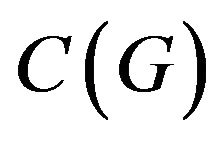 is
is 
• Central graph of any graph is connected.
• If  is any graph with odd
is any graph with odd  then
then  is Eulerian.
is Eulerian.
2.3. Theorem
The acyclic coloring of central graph of cycle,  for
for 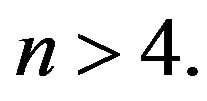
Proof
Consider the graph 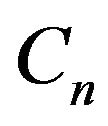 with vertex set
with vertex set  Let
Let 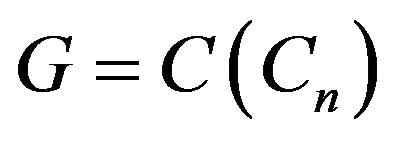 be the central graph of
be the central graph of  which is obtained by sub dividing each edge of
which is obtained by sub dividing each edge of 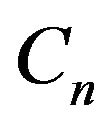 exactly once and joining non adjacent vertices of
exactly once and joining non adjacent vertices of 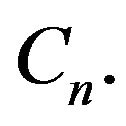 Let the newly introduced vertices be
Let the newly introduced vertices be 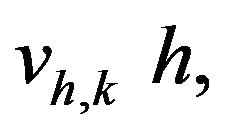
 with
with  Consider the color class
Consider the color class  Now assign a proper coloring to the vertices as follows. The coloring is in such a way that the sub graph induced by any two color is a forest containing at most the path
Now assign a proper coloring to the vertices as follows. The coloring is in such a way that the sub graph induced by any two color is a forest containing at most the path  The vertices
The vertices  are assigned the cololur
are assigned the cololur  for
for 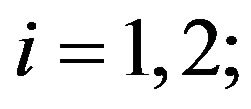
 for
for 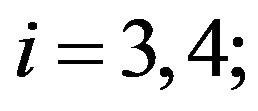
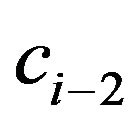 for
for 
Case 1: When 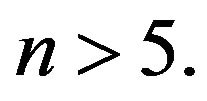
The newly 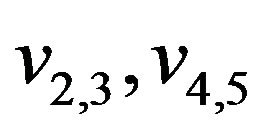 are assigned the colors
are assigned the colors  and
and  respectively and all others are colored properly.
respectively and all others are colored properly.
Case 2: When 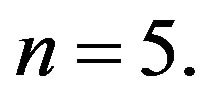
 all others are assigned so that the coloring is proper. Now the coloring is obviously acyclic, by the very arrangement of the colors. It is also minimum, because if we replace any color by an already used color, it will become either improper or cyclic (Figures 1 and 2).
all others are assigned so that the coloring is proper. Now the coloring is obviously acyclic, by the very arrangement of the colors. It is also minimum, because if we replace any color by an already used color, it will become either improper or cyclic (Figures 1 and 2).
2.4. Note
 for
for 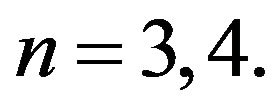
3. Acyclic Coloring of Line Graph of Central Graph of 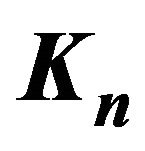
3.1. Definition
Let  be a finite undirected graph with no loops and multiple edges, the line graph of
be a finite undirected graph with no loops and multiple edges, the line graph of 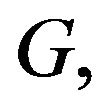 denoted by
denoted by 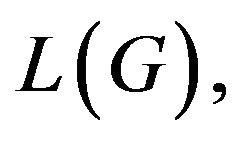

Figure 1. Acyclic coloring of central graph of 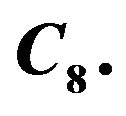
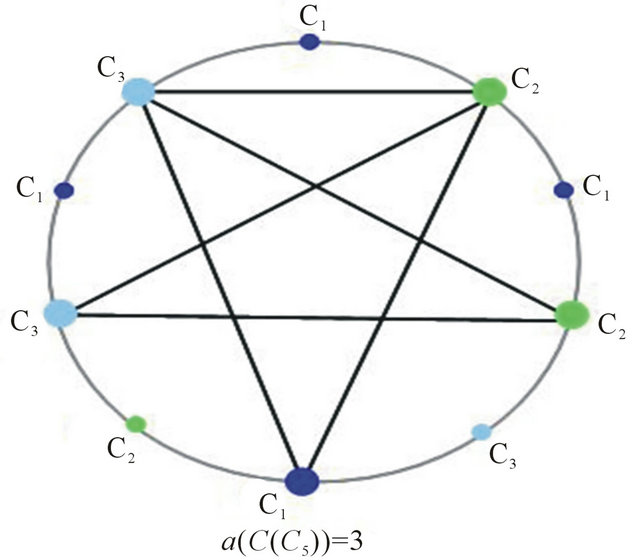
Figure 2. Acyclic coloring of central graph of 
is the intersection graph  Thus the points of
Thus the points of 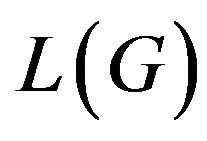 are the lines of
are the lines of  with two points of
with two points of 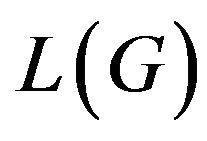 are adjacent whenever the corresponding lines of
are adjacent whenever the corresponding lines of are.
are.
3.2. Structural Properties of Line Graph of Central Graph of 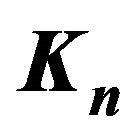
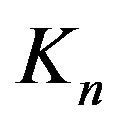 is denoted by
is denoted by 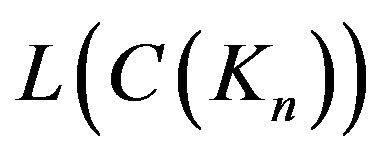
• Number of vertices in 
• Maximum Degree of vertices = Minimum Degree of vertices 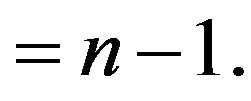
• 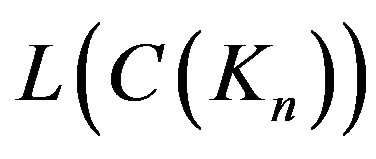 contains
contains  copies of vertex disjoint
copies of vertex disjoint 
• There is a cycle 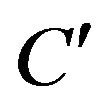 of length
of length 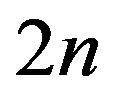 with alternate edges from each of the complete graph
with alternate edges from each of the complete graph 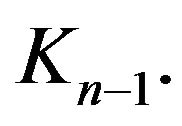
3.3. Theorem
For any complete graph 

Proof:
Let 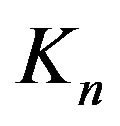 be the complete graph on
be the complete graph on  vertices. Consider its line graph of central graph
vertices. Consider its line graph of central graph  it contains
it contains  copies of vertex disjoint sub graphs
copies of vertex disjoint sub graphs 
 and which are marked in anti-clockwise direction. Let
and which are marked in anti-clockwise direction. Let

where  so that the total number of vertices in
so that the total number of vertices in  is
is  Here there exist a unique bridge between each pair of sub graphs
Here there exist a unique bridge between each pair of sub graphs  The bridge in the consecutive pairs of sub graph
The bridge in the consecutive pairs of sub graph 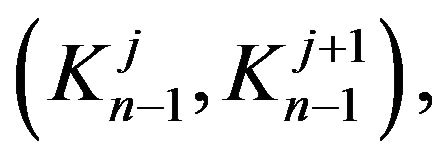 is given by for
is given by for 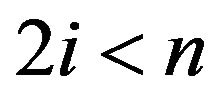 it is
it is 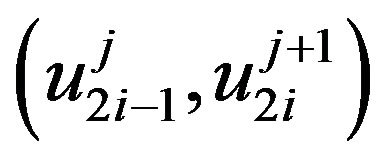 and for
and for 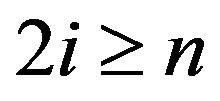 it is
it is 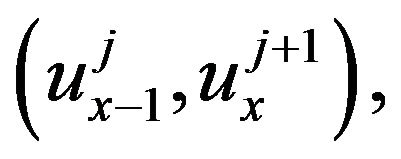
 only for
only for  form a bridge in the sub graph
form a bridge in the sub graph 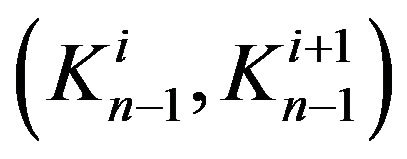 . In a similar manner bridges are formed in non consecutive pairs also. Consider the color class
. In a similar manner bridges are formed in non consecutive pairs also. Consider the color class  Assign the color
Assign the color  to the vertex
to the vertex 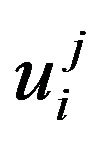 for
for  Next we prove that the coloring is acyclic. That is the coloring does not induce a bi-chromatic cycle. Clearly for each complete sub graph
Next we prove that the coloring is acyclic. That is the coloring does not induce a bi-chromatic cycle. Clearly for each complete sub graph 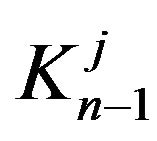 the coloring is acyclic (it never induce a bi-chromatic cycle). Now exactly two pairs of sub graphs
the coloring is acyclic (it never induce a bi-chromatic cycle). Now exactly two pairs of sub graphs 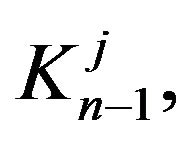
 never allow to induce a bi-chromatic cycle for any pair
never allow to induce a bi-chromatic cycle for any pair  as there is only a unique bridge between each pair of sub graphs
as there is only a unique bridge between each pair of sub graphs  Note that bichromatic cycle is possible only for even cycles. The coloring is in such a way that more than three sub graphs
Note that bichromatic cycle is possible only for even cycles. The coloring is in such a way that more than three sub graphs  never allow to induce a bi-chromatic cycle for any pair
never allow to induce a bi-chromatic cycle for any pair  The maximum number of times a color will occur in any bi-chromatic path in this coloring is three. So the above said coloring acyclic. Also the coloring is minimum, as
The maximum number of times a color will occur in any bi-chromatic path in this coloring is three. So the above said coloring acyclic. Also the coloring is minimum, as  contains the subgraph
contains the subgraph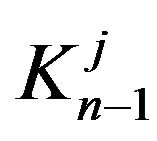 , minimum
, minimum 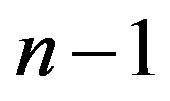 colors are required for its proper coloring (Figure 3).
colors are required for its proper coloring (Figure 3).
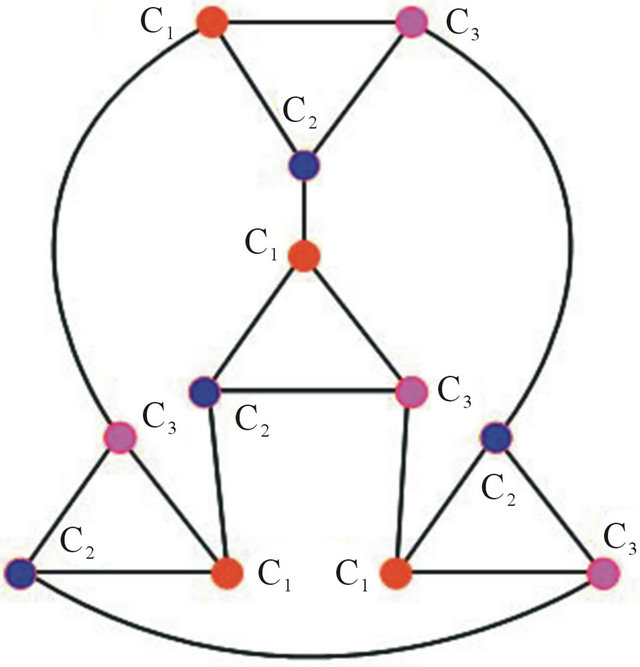
Figure 3. Acyclic coloring of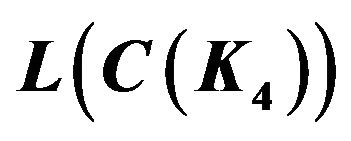 .
.
4. Acyclic Coloring of Middle Graph of 
4.1. Middle Graph [3]
Let  be a graph with vertex set
be a graph with vertex set 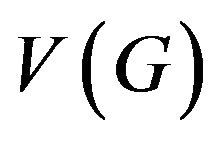 and edge set
and edge set 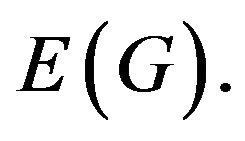 The middle graph of
The middle graph of 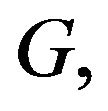 denoted by
denoted by 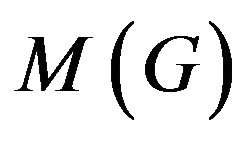 is defined as follows. The vertex set of
is defined as follows. The vertex set of 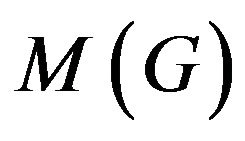 is
is  Two vertices
Two vertices  in the vertex set of
in the vertex set of  are adjacent in
are adjacent in  in case one of following holds:
in case one of following holds:
1) 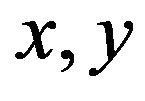 are in
are in 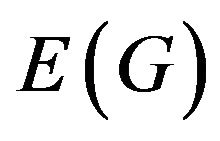 and
and 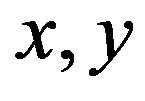 are adjacent in
are adjacent in 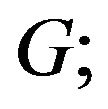 2)
2)  is in
is in 
 is in
is in 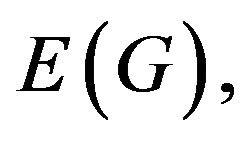 and
and  are incident in
are incident in .
.
4.2. Theorem
The acyclic chromatic number of the middle graph of 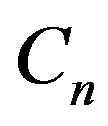 is
is  for
for 
Proof
 and
and  in which
in which  with
with  Let
Let 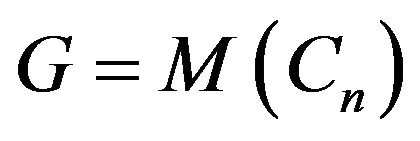 be the middle graph of the n-cycle. By the definition of middle graph
be the middle graph of the n-cycle. By the definition of middle graph

and

Then in the middle graph, there are  -vertices of degree
-vertices of degree  and another
and another  -vertices of degree 4. Let
-vertices of degree 4. Let  be the cycle of length
be the cycle of length  in
in  with degree of each vertex
with degree of each vertex  and
and 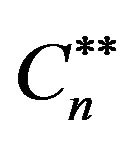 be the cycle of length
be the cycle of length  in
in  with degree of vertices alternately
with degree of vertices alternately  and 4. The cycle
and 4. The cycle 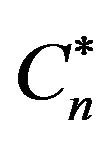 are assigned the colors
are assigned the colors  and
and  alternately with last vertex preceding to
alternately with last vertex preceding to  by
by 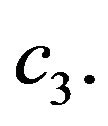 All other vertices except vertices adjacent to
All other vertices except vertices adjacent to  (which are colored as
(which are colored as ) are colored as
) are colored as 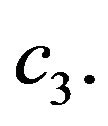 The coloring is minimum, as for any cycle minimum
The coloring is minimum, as for any cycle minimum  colors needed for its acyclic coloring. The coloring is acyclic (Figure 4).
colors needed for its acyclic coloring. The coloring is acyclic (Figure 4).
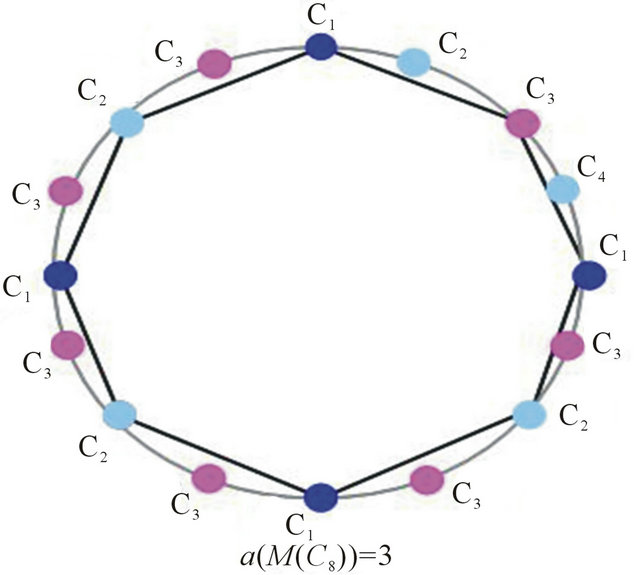
Figure 4. Acyclic coloring of middle graph of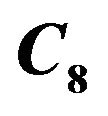 .
.
5. Acyclic Coloring of Total Graph of 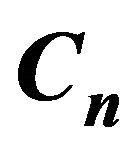
5.1. Total Graph [3]
Let  be a graph with vertex set
be a graph with vertex set  and edge set
and edge set 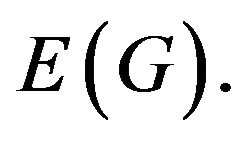 The total graph of
The total graph of 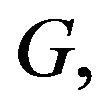 denoted by
denoted by  is defined as follows. The vertex set of
is defined as follows. The vertex set of 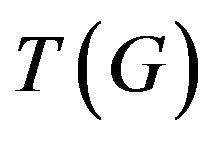 is
is  Two vertices
Two vertices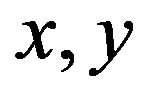 in the vertex set of
in the vertex set of 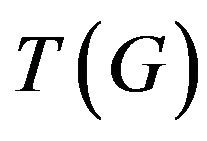 are adjacent in
are adjacent in 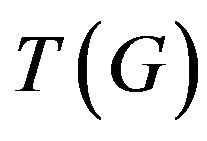 in case one of the following holds:
in case one of the following holds:
1) 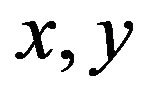 are in
are in 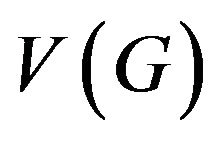 and
and  is adjacent to
is adjacent to  in
in  2)
2) 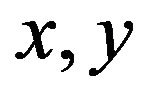 are in
are in 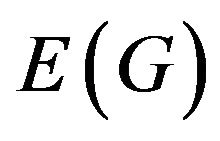 and
and  are adjacent in
are adjacent in  3)
3)  is in
is in 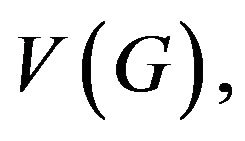
 is in
is in 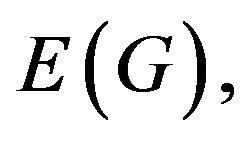 and
and 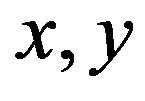 are incident in
are incident in .
.
• 5.2. Some Structural Properties of Total Graph of 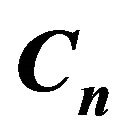
• Every cycle has a -regular total graph.
-regular total graph.
• The number of vertices in the total graph of 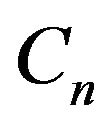 is 2 times the number of vertices in the cycle
is 2 times the number of vertices in the cycle 
• The number of edges in the total graph of 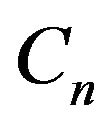 is 4 times the number of edges in the cycle
is 4 times the number of edges in the cycle 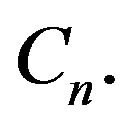
• The total graph of 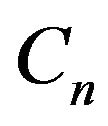 is Eulerian.
is Eulerian.
• The total graph of  is Hamiltonian.
is Hamiltonian.
5.3. Theorem
The acyclic chromatic number of the total graph of 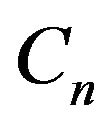 is
is  for
for 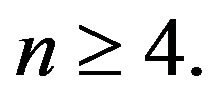
Proof
Let  and
and  in which
in which  with
with  Let
Let  be the total graph of the n-cycle. By the definition of total graph
be the total graph of the n-cycle. By the definition of total graph  and
and


Figure 5. Acyclic coloring of middle graph of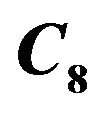 .
.
By Menger’s theorem as, there are four pair wise vertex-independent paths between any two non adjacent vertices, the total graph of 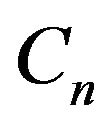 is
is  -connected. To prove that
-connected. To prove that  if possible consider the color class
if possible consider the color class  with
with 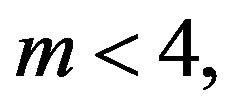 such that the coloring is acyclic. Then there exist no pair
such that the coloring is acyclic. Then there exist no pair 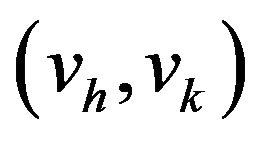 such that they induce a bi-chromatic cycle. i.e., there exist a three vertex cut in
such that they induce a bi-chromatic cycle. i.e., there exist a three vertex cut in 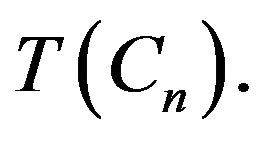 This is a contradiction to the fact that
This is a contradiction to the fact that 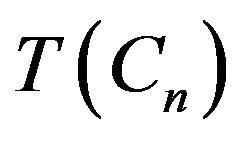 is
is  -connected. Also acyclic chromatic number is can’t be 5, as in this case we can replace a color by an already used color.
-connected. Also acyclic chromatic number is can’t be 5, as in this case we can replace a color by an already used color.
Therefore  for
for  (Figure 5).
(Figure 5).
5.4. Note

6. Acknowledgements
The authors are thankful to the anonymous reviewers for their valuable comments and constructive suggestions.
REFERENCES
- B. Grünbaum, “Acyclic Colorings of Planar Graphs,” Israel Journal of Mathematics, Vol. 14, No. 3, 1973, pp. 390-408. doi:10.1007/BF02764716
- P. S. Babu and A. V. Chithra, “Acyclic Colouring of Line Graph of Some Families,” Proceedings of National Conference on Mathematics of Soft Computing (NCMSC 2012), Calicut, 5-7 July 2012, pp. 144-147.
- D. Michalak, “On Middle and Total Graphs with Coarseness Number Equal 1,” Lecture Notes in Mathematics, Vol. 1018, 1983, pp. 139-150.
NOTES
*Middle, total graphs of cycle.

